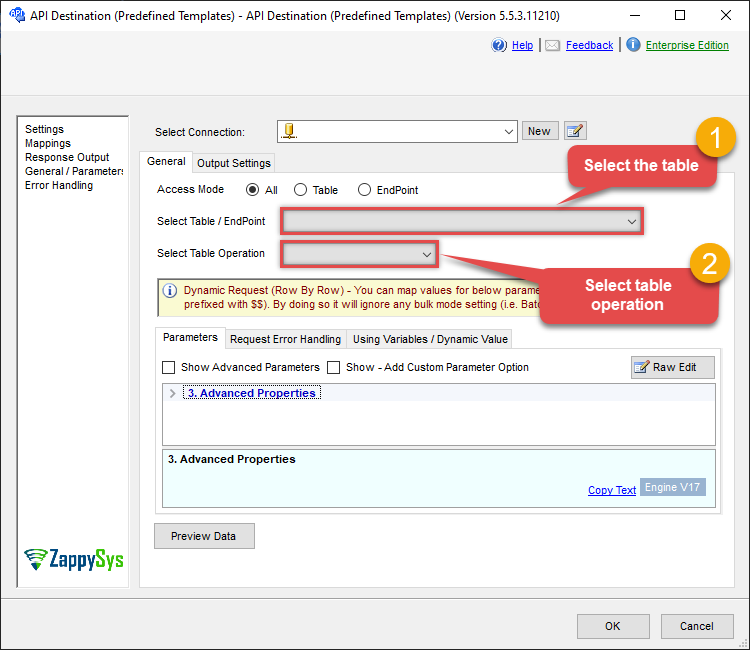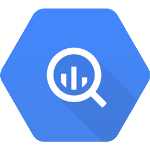[Dynamic Endpoint]
Name
get_[dynamic_endpoint_name]
Description
Read data from [$parent.tableReference.datasetId$].[$parent.tableReference.tableId$] for project . [API reference]
Related Tables
Parameters
| Parameter | Label | Required | Options | Description | |||||||||||||||||||||||||||||||||||||||||||||||||||||||||||||||||||||||||||||||||||||||||||||||
|---|---|---|---|---|---|---|---|---|---|---|---|---|---|---|---|---|---|---|---|---|---|---|---|---|---|---|---|---|---|---|---|---|---|---|---|---|---|---|---|---|---|---|---|---|---|---|---|---|---|---|---|---|---|---|---|---|---|---|---|---|---|---|---|---|---|---|---|---|---|---|---|---|---|---|---|---|---|---|---|---|---|---|---|---|---|---|---|---|---|---|---|---|---|---|---|---|---|---|---|
| There are no parameters | |||||||||||||||||||||||||||||||||||||||||||||||||||||||||||||||||||||||||||||||||||||||||||||||||||
Output Columns
| Label | Data Type (SSIS) | Data Type (SQL) | Length | Raw | Description |
|---|---|---|---|---|---|
| -Dynamic- |
DT_WSTR
|
nvarchar(4000)
|
4000 | False |
|
| [Dynamic Column]_DT |
DT_DBTIMESTAMP
|
datetime
|
False |
Input Columns
| Label | Data Type (SSIS) | Data Type (SQL) | Length | Raw | Description | ||||||||||||||||||||||||||||||||||||||||||||||||||||||||||||||||||||||||||||||||||||||||||||||
|---|---|---|---|---|---|---|---|---|---|---|---|---|---|---|---|---|---|---|---|---|---|---|---|---|---|---|---|---|---|---|---|---|---|---|---|---|---|---|---|---|---|---|---|---|---|---|---|---|---|---|---|---|---|---|---|---|---|---|---|---|---|---|---|---|---|---|---|---|---|---|---|---|---|---|---|---|---|---|---|---|---|---|---|---|---|---|---|---|---|---|---|---|---|---|---|---|---|---|---|
| There are no Static columns defined for this endpoint. This endpoint detects columns dynamically at runtime. | |||||||||||||||||||||||||||||||||||||||||||||||||||||||||||||||||||||||||||||||||||||||||||||||||||
Examples
SSIS
Use Google BigQuery Connector in API Source component to read data or in API Destination component to read/write data:
Read from [Dynamic Table] table using API Destination
This Endpoint belongs to [Dynamic Table] table, therefore you cannot work with it directly. Use this table and table-operation pair instead:

ODBC application
Use these SQL queries in your ODBC application data source:
[Dynamic Endpoint]
SELECT * FROM get_[dynamic_endpoint_name]
get_[dynamic_endpoint_name] endpoint belongs to
[Dynamic Table]
table(s), and can therefore be used via those table(s).
SQL Server
Use these SQL queries in SQL Server after you create a data source in Data Gateway:
[Dynamic Endpoint]
DECLARE @MyQuery NVARCHAR(MAX) = 'SELECT * FROM get_[dynamic_endpoint_name]';
EXEC (@MyQuery) AT [LS_TO_GOOGLE_BIGQUERY_IN_GATEWAY];
get_[dynamic_endpoint_name] endpoint belongs to
[Dynamic Table]
table(s), and can therefore be used via those table(s).
